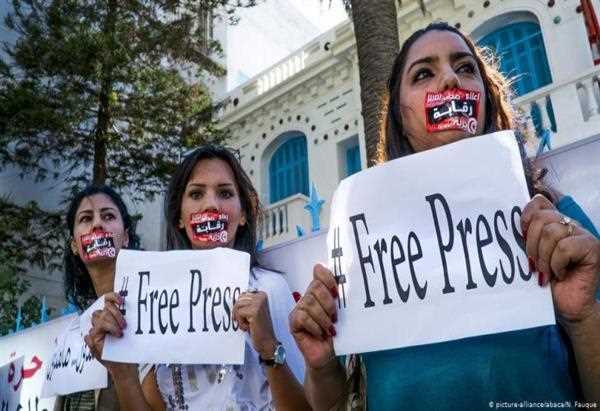There's been a lot of debate lately about whether or not women in Iran and Saudi Arabia are required to wear a burqa. Some people say that it's a religious requirement, while others claim that it's a cultural tradition. So, what's the truth?
The burqa is a controversial topic, with many Muslims arguing that it is a necessary part of their religion and culture, and that it ensures the modesty of women. However, others argue that the burqa is a form of oppression, and that it restricts women's freedom and visibility.
In Iran, the answer is a bit complicated. In Iran, women must wear a headscarf and loose-fitting clothes that cover the body from the neck to the ankles, and a burqa is often worn in public. Although the government hasn't officially declared that all women must wear a burqa, it has implemented a number of policies that make it difficult for women to go without one. For example, women are required to wear a headscarf in all public places, and they're not allowed to drive without a male relative in the car.
In Saudi Arabia, women must cover their heads and faces in public, and a burqa is often worn for this purpose. There is no law mandating that women must wear a burqa, but the government strongly encourages it. In fact, many government officials believe that the burqa is a symbol of Islamic modesty and they believe that all women should be required to wear one.
There are also some religious scholars who believe that women should wear a burqa in public, regardless of whether it is required by law. There is no definitive answer to whether or not the burqa is mandatory in Iran and Saudi Arabia. However, it is clear that the issue is a complex and sensitive one, and that any decision about whether to wear a burqa should be made by each individual woman.
